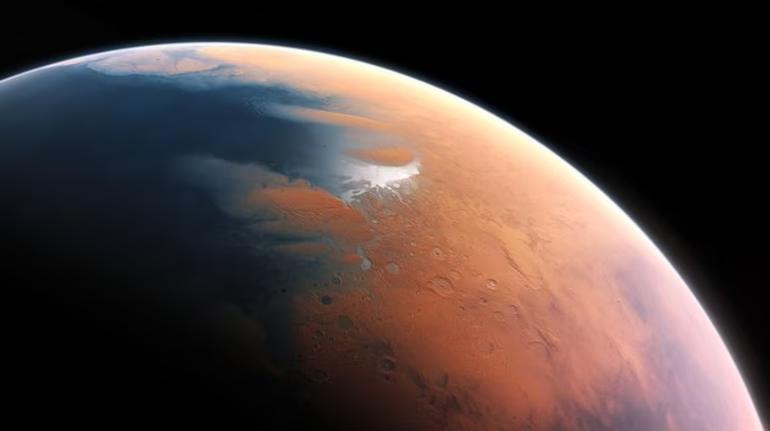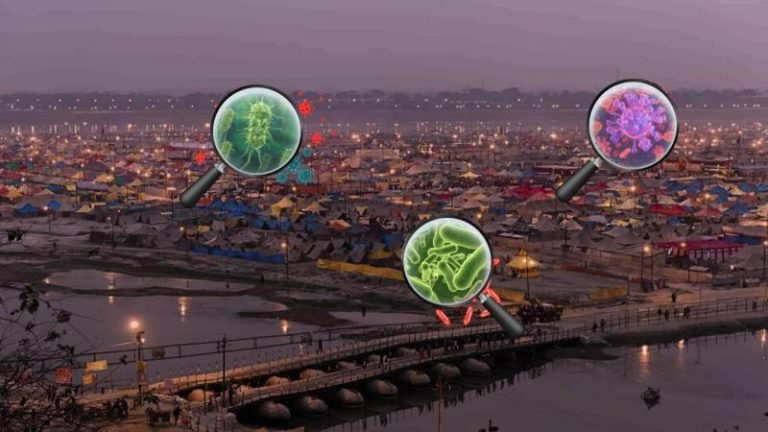
Mars may have once had rain & snowfall, finds new study
Mars, the red planet, has long been a subject of fascination and investigation for scientists and space enthusiasts alike. With its barren landscape and lack of liquid water, it’s easy to assume that Mars has always been a dry and inhospitable place. However, a recent study by the University of Colorado Boulder has shed new light on the planet’s past, suggesting that Mars may have once experienced rainfall and snowfall, feeding valleys and channels.
According to the study, published in the journal Nature Geoscience, researchers analyzed data from NASA’s Mars Reconnaissance Orbiter and found evidence of ancient rivers and lakes on the planet. The study’s findings suggest that Mars likely had a watery past, with water flowing through its valleys and channels around 4 billion years ago.
But where did this water come from? The study’s authors don’t have a definitive answer yet, but they have some theories. One possibility is that Mars may have had a thicker atmosphere in the past, allowing it to retain more heat and create a greenhouse effect that could have led to the accumulation of water. Another possibility is that Mars may have had a source of water delivered to it from elsewhere in the solar system, such as comets or meteorites.
The study’s findings are significant not only because they suggest that Mars may have once been capable of supporting life, but also because they provide new insights into the planet’s history and evolution. “Mars is a fascinating planet that has been the subject of intense study and speculation for decades,” said Dr. Joseph Levy, lead author of the study. “Our findings suggest that Mars may have had a more Earth-like environment in the past, with liquid water flowing through its valleys and channels. This raises all sorts of questions about the potential for life on Mars and what it might have looked like.”
The study’s authors used a combination of NASA’s Mars Reconnaissance Orbiter and the European Space Agency’s Mars Express orbiter to analyze data from the planet’s surface. They used a technique called “flood geology” to analyze the shapes and sizes of the valleys and channels on Mars, and to determine whether they were formed by water or other geological processes.
The data showed that many of the valleys and channels on Mars have shapes and sizes that are consistent with being formed by water. For example, the researchers found that some of the valleys have “U-shaped” cross-sections, which are characteristic of valleys that were formed by water erosion. They also found that some of the channels have “meanders,” which are curved bends that are typical of rivers that have flowed through a landscape over time.
The study’s findings are consistent with other research that has suggested that Mars may have had a watery past. For example, NASA’s Curiosity rover has found evidence of ancient lakes and rivers on Mars, and the European Space Agency’s Schiaparelli lander has found evidence of water ice on the planet’s surface.
The study’s authors are quick to point out that their findings are not conclusive proof that Mars once had rain and snowfall. However, they suggest that the evidence they have gathered provides strong support for the idea that Mars may have had a more Earth-like environment in the past.
The implications of the study’s findings are significant. If Mars did once have rain and snowfall, it would suggest that the planet may have had a more hospitable environment in the past, which could have allowed life to thrive. It could also suggest that Mars may have had a more complex geology and atmosphere in the past, which could have been influenced by the presence of liquid water.
The study’s findings also raise new questions about the potential for life on Mars. If Mars once had a watery past, it’s possible that life could have existed on the planet in the form of microorganisms or even more complex organisms. The discovery of water on Mars could also make it more likely that future missions to the planet could discover evidence of life.
In conclusion, the study’s findings suggest that Mars may have once had rain and snowfall, feeding valleys and channels. The study’s authors suggest that the evidence they have gathered provides strong support for the idea that Mars may have had a more Earth-like environment in the past, which could have allowed life to thrive. The implications of the study’s findings are significant, and they raise new questions about the potential for life on Mars.






